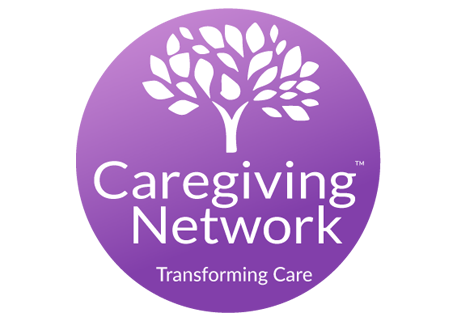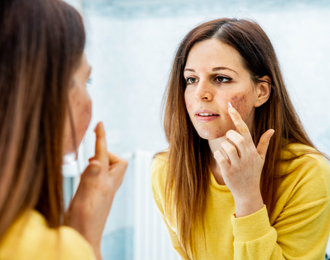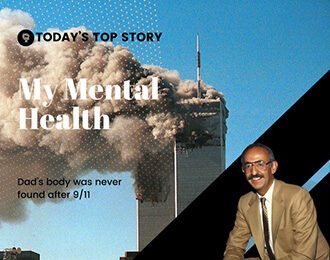The State Of Mental Health In America
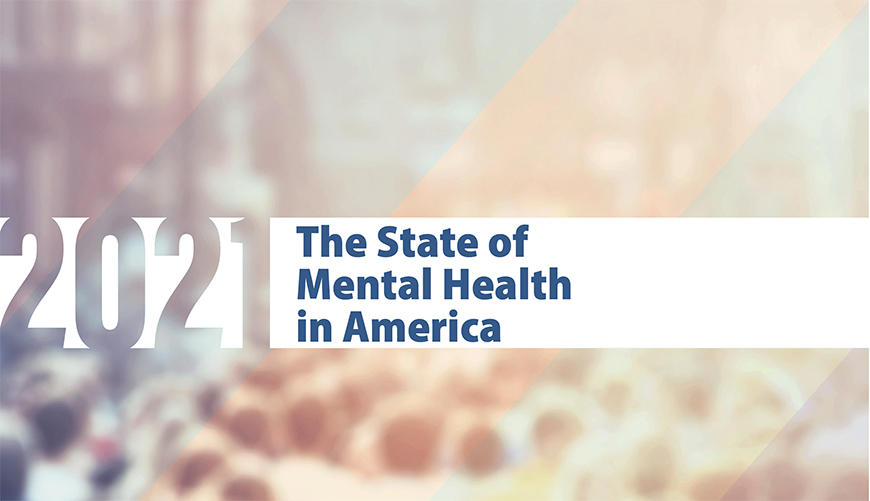
Mental Health America – Updated for October 2021
Author: MHA Affiliate
Mental Health America is committed to promoting mental health as a critical part of overall wellness. We advocate for prevention services for all, early identification and intervention for those at risk, integrated services, care and treatment for those who need them, and recovery as the goal.
We believe that gathering and providing up-to-date data and information about disparities faced by individuals with mental health problems is a tool for change.
Key Findings
- Youth mental health is worsening. 9.7% of youth in the U.S. have severe major depression, compared to 9.2% in last year’s dataset. This rate was highest among youth who identify as more than one race, at 12.4%.
- Even before COVID-19, the prevalence of mental illness among adults was increasing. In 2017-2018, 19% of adults experienced a mental illness, an increase of 1.5 million people over last year’s dataset.
- Suicidal ideation among adults is increasing. The percentage of adults in the U.S. who are experiencing serious thoughts of suicide increased 0.15% from 2016-2017 to 2017-2018 – an additional 460,000 people from last year’s dataset.
- There is still unmet need for mental health treatment among youth and adults. 60% of youth with major depression did not receive any mental health treatment in 2017-2018. Even in states with the greatest access, over 38% are not receiving the mental health services they need. Among youth with severe depression, only 27.3% received consistent treatment. 23.6% of adults with a mental illness reported an unmet need for treatment in 2017-2018. This number has not declined since 2011.
- The percentage of adults with a mental illness who are uninsured increased for the first time since the passage of the Affordable Care Act (ACA). Nationally, 10.8% are uninsured, totaling 5.1 million adults. This figure differs dramatically across states – in New Jersey (ranked #1) 2.5% of adults with AMI are uninsured, compared to 23% in Wyoming (ranked #51).
This year’s report includes a spotlight on the impact of COVID-19 on mental health, using the over 1.5 million people who have taken a screen on MHA Screening from January to September 2020. From these screens we have found:
- The number of people looking for help with anxiety and depression has skyrocketed. From January to September 2020, 315,220 people took the anxiety screen, a 93 percent increase over the 2019 total number of anxiety screens. 534,784 people took the depression screen, a 62 percent increase over the 2019 total number of depression screens.
- The number of people screening with moderate to severe symptoms of depression and anxiety has continued to increase throughout 2020 and remains higher than rates prior to COVID-19. In September 2020, the rate of moderate to severe anxiety peaked, with over 8 in 10 people who took an anxiety screen scoring with moderate to severe symptoms. Over 8 in 10 people who took a depression screen have scored with symptoms of moderate to severe depression consistently since the beginning of the pandemic in March 2020.
- More people are reporting frequent thoughts of suicide and self-harm than have ever been recorded in the MHA Screening program since its launch in 2014. Since the COVID-19 pandemic began to spread rapidly in March 2020, over 178,000 people have reported frequent suicidal ideation. 37 percent of people reported having thoughts of suicide more than half or nearly every day in September 2020.
- Young people are struggling most with their mental health. The proportion of youth ages 11-17 who accessed screening was 9 percent higher than the average in 2019. Not only are the number of youth searching for help with their mental health increasing, but throughout the COVID-19 pandemic youth ages 11-17 have been more likely than any other age group to score for moderate to severe symptoms of anxiety and depression.
- Rates of suicidal ideation are highest among youth, especially LGBTQ+ youth. In September 2020, over half of 11-17-year-olds reported having thoughts of suicide or self-harm more than half or nearly every day of the previous two weeks. From January to September 2020, 77,470 youth reported experiencing frequent suicidal ideation, including 27,980 LGBTQ+ youth.
- People screening at risk for mental health conditions are struggling most with loneliness or isolation. From April to September 2020, among people who screened with moderate to severe symptoms of anxiety or depression, 70 percent reported that one of the top three things contributing to their mental health concerns was loneliness or isolation.
- People who identify as Asian or Pacific Islander are searching for mental health resources more in 2020 than ever before. The proportion of screeners identifying as Asian or Pacific Islander increased 7 percent, from 9 percent of screeners in 2019 to 16 percent in 2020.
- While rates of anxiety, depression, and suicidal ideation are increasing for people of all races and ethnicities, there are notable differences in those changes over time. Black or African American screeners have had the highest average percent change over time for anxiety and depression, while Native American or American Indian screeners have had the highest average percent change over time for suicidal ideation.
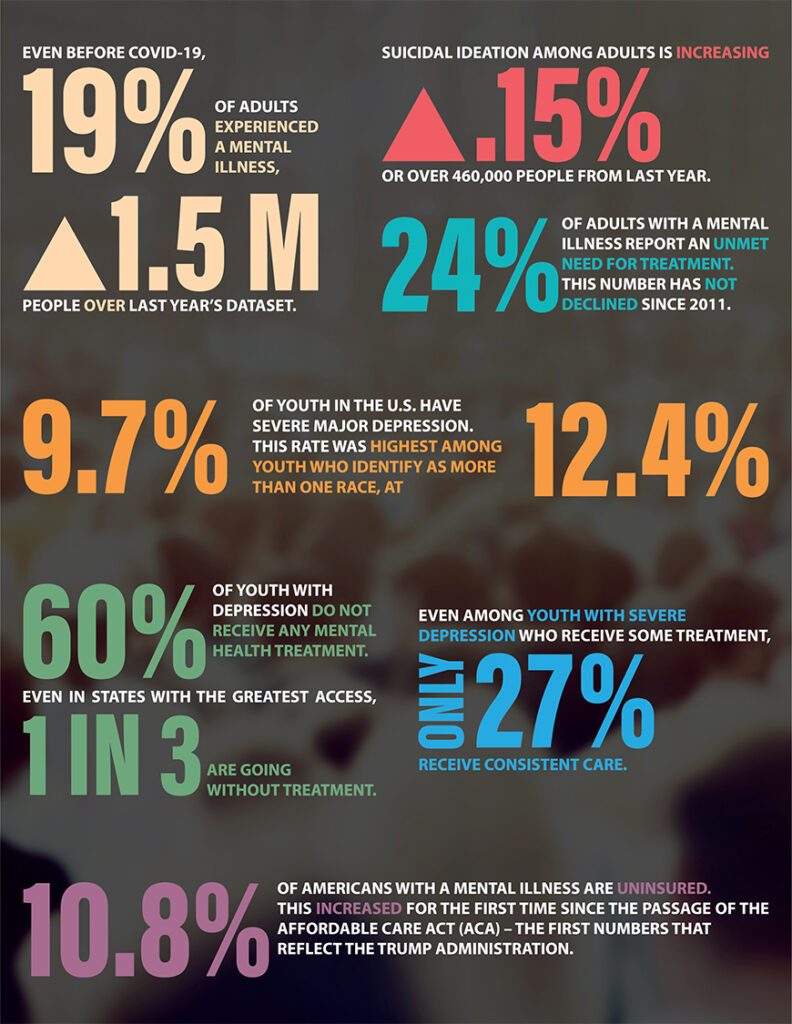
Use this LINK to find a Collection of Data across all 50 states and the District of Columbia answering the following questions:
- How many adults and youth have mental health issues?
- How many adults and youth have substance use issues?
- How many adults and youth have access to insurance?
- How many adults and youth have access to adequate insurance?
- How many adults and youth have access to mental health care?
- Which states have higher barriers to accessing mental health care?
Our Goal:
- To provide a snapshot of mental health status among youth and adults for policy and program planning, analysis, and evaluation;
- To track changes in prevalence of mental health issues and access to mental health care;
- To understand how changes in national data reflect the impact of legislation and policies; and.
- To increase dialogue and improve outcomes for individuals and families with mental health needs
Why Gather this Information?
- Using national survey data allows us to measure a community’s mental health needs, access to care, and outcomes regardless of the differences between the states and their varied mental health policies.
- Rankings explore which states are more effective at addressing issues related to mental health and substance use.
- Analysis may reveal similarities and differences among states in order to begin assessing how federal and state mental health policies result in more or less access to care.
